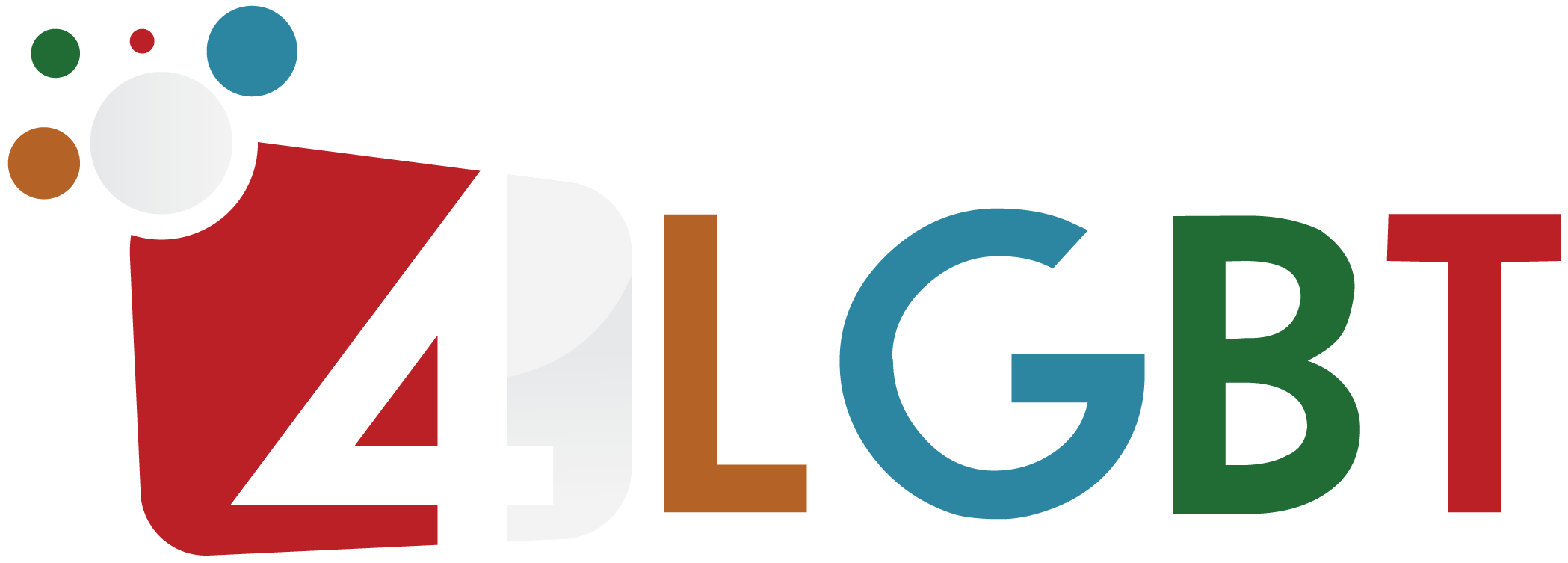LGBT is an acronym for lesbians, gays, bisexuals, and transgender people. It has been in use since the 1990s and serves as an umbrella term for different kinds of sexuality and gender identities. As the number of LGBT people on the planet increases, it is becoming increasingly important to understand this community better. To understand more about LGBT, we should take a look at what defines each of these groups and why they are important.
A survey of 1,197 LGBT adults shows that stigma against LGBT people is still widespread and affects their quality of life. Almost four out of 10 LGBT people report experiencing rejection at the hands of family members or close friends. Thirty percent have been physically abused, threatened, or made to feel unwelcome in places of worship. Twenty-one percent report unfair treatment at work. And six out of ten say they have been the target of slurs.
The terms LGBT and transgender are used interchangeably in the media and in everyday conversations. The acronyms LGBTQ and LGBT+ are the same, but the latter is preferred by many because it better captures the diversity of same-gender people. More media coverage of LGBTQ issues is moving away from simplistic political dichotomies and toward more accurate representations of the LGBTQ community. So, you should be aware of the differences between the two and feel confident using either.
The acronym LGBT stands for lesbian, gay, bisexual, and transgender. It also includes non-LGBTQIA people, including those who identify as cisgender or asexual. It also includes people who identify as pansexual or Two-Spirit and sexual orientation-neutral. However, unlike the LGBT community, the LGBTQ+ acronym is not a definitive list. It is used by OutRight Action International and reflects a wide variety of identities.
The LGBT community includes men and women. A lesbian is a woman who is gay. A gay man is sexually attracted to a man. Bisexuals are people who are attracted to both sexes. There is also the transgender, or transvestite, community. It is the term used for people who dress and act as the opposite sex. This term is often used by younger people in many African American communities.
While lesbians, bisexual, and transgender people share a similar experience of discrimination, the extent of stigma may differ among each group. It affects health in general for all marginalized groups, including LGBT people. Because of their stigma, LGBT individuals are often invisible to health care providers, further compounding the negative effects of stigma. Eliminating this invisibility is vital to eliminating health disparities among these populations. When research is conducted based on this information, the importance of ensuring confidentiality is paramount.
Pew Research Center conducts a nationwide survey on the LGBT community. The authors examine the characteristics of LGBT adults, including their peers, workplaces, and online behaviors. They also consider attitudes toward same-sex marriage and their experiences in family life. The authors also examine whether these people are happy, unhappy, or lonely, and whether they want to marry or have children. The authors also discuss the challenges of surveying the LGBT population. The survey results will help policymakers improve the way LGBT people live.


 How to Be Acquainted With the LGBTQ Community
How to Be Acquainted With the LGBTQ Community  Health and Social Issues Related to the LGBT Community
Health and Social Issues Related to the LGBT Community  What is the Meaning of LGBT?
What is the Meaning of LGBT?  What Does “LGBT” Mean to You?
What Does “LGBT” Mean to You?  What Does LGBT Stand For?
What Does LGBT Stand For?  Things to Consider About the LGBT Community
Things to Consider About the LGBT Community